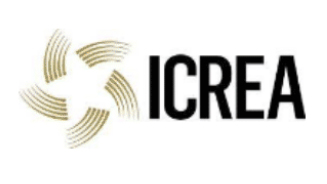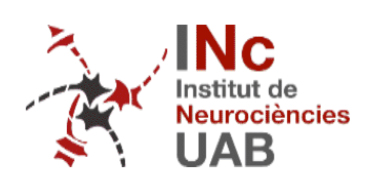Chemistry - A European Journal, 2023, e202301762
Graphene oxide nanosheets hamper glutamate mediated excitotoxicity and protect neuronal survival in an in vitro stroke model
Small graphene oxide (s-GO) nanosheets reversibly downregulate central nervous system (CNS) excitatory synapses, with potential developments as future therapeutic tools to treat neuro-disorders characterized by altered glutamatergic transmission. Excitotoxicity, namely cell death triggered by exceeding ambient glutamate fueling over-activation of excitatory synapses, is a pathogenic mechanism shared by several neural diseases, from ischemic stroke to neurodegenerative disorders. Here we exposed CNS cultures to oxygen-glucose deprivation (OGD) to mimic ischemic stroke in vitro, and we show that the delivery of small graphene oxide (s-GO) following OGD, during the endogenous build-up of secondary damage and excitotoxicity, improved neuronal survival. In a different paradigm, we reproduced excitotoxicity cell damage through exogenous glutamate application, and we observed that s-GO co-treatment protected neuronal integrity, potentially by directly downregulating the synaptic over-activation brought about by exogenous glutamate. In our proof-of-concept study, we suggest that s-GO may find novel applications in therapeutic developments for treating excitotoxicity-driven neural cell death.








